Case Study: Nuclear Reactor Design with Explainable Machine Learning
At Transparent AI, we're leveraging explainable machine learning to solve some of the most challenging problems in high-stakes industries. Today, we're excited to share our case study on nuclear reactor safety modeling, specifically in the prediction of critical heat flux (CHF) - a vital safety parameter in nuclear power plants.
Understanding Critical Heat Flux in Nuclear Reactor Design
Critical heat flux represents a thermal limit in nuclear reactors where the heat transfer mechanism suddenly deteriorates, potentially leading to dangerous overheating of fuel rods. This phenomenon, also known as departure from nucleate boiling (DNB), is characterized by the formation of a vapor blanket that prevents cooling water from reaching the heated surface.
As the research paper by Zhao et al. explains, "The DNB crisis is characterized by a sharp deterioration of the heat transfer coefficient at the heater/coolant interface, as vapor permanently blankets the heated surface, preventing access of supply liquid... and potentially leading to a set of cascading component failures."
For nuclear engineers, accurate prediction of CHF is essential for establishing safety margins and regulatory limits. Reactors must operate well below the CHF to ensure adequate cooling of fuel elements under all conditions.
The Challenge of Modeling Complex Physics
Despite decades of research, the underlying physics of departure from nucleate boiling remains incompletely understood. As noted in the research, "the path for an accurate, robust prediction of CHF has been elusive due to lack of general agreement on the mechanism that triggers DNB."
Even sophisticated physics-based models like the Liu model, which attempts to capture the complex liquid sublayer dryout mechanism, achieve only modest accuracy - with relative root mean square errors (rRMSE) of approximately 30.9% when tested against experimental data.
This presents a significant challenge: nuclear experiments are extremely expensive, and advanced reactor designs often operate under conditions quite different from historical test data. Yet, safety analysis demands high confidence in CHF predictions.
The Black Box Problem in High-Stakes Applications
Traditional machine learning approaches like neural networks can potentially improve prediction accuracy, but they introduce another problem: lack of interpretability. In a highly regulated environment like nuclear power, "black box" models face significant adoption barriers. Regulators rightfully demand understanding and justification of safety calculations, not just improved accuracy metrics.
This is where explainable AI shines - providing not just better predictions, but transparent, interpretable models that both regulators and engineers can understand and trust.
Our Approach: Automatic Piecewise Linear Regression (APLR)
At Transparent AI, we've applied the APLRRegressor from the interpretML package to the critical heat flux prediction problem. This powerful approach creates a piecewise linear model that maintains human interpretability while capturing complex, non-linear relationships in the data.
We trained our model on the comprehensive Groeneveld 2006 Look-Up Table (LUT), which contains approximately 25,000 data points. Each data point includes 7 features (pressure, mass flux, equilibrium quality, channel equivalent diameter, channel heated diameter, heated length, and water temperature in) with the target being the critical heat flux value.
The APLR algorithm automatically identifies important feature interactions and creates interpretable linear terms, providing both accurate predictions and insights into how different parameters affect CHF.
Exceptional Results: Accuracy Meets Explainability
The APLR model achieved outstanding results:
Training rRMSE: 4.44%
Test rRMSE: 6.19%
This significantly outperforms traditional approaches from the literature:
Neural Networks: 13.6% rRMSE
Random Forest: 13.5% rRMSE
Groeneveld LUT: 12.0% rRMSE
Physics-based Liu model: 30.9% rRMSE
Even the best hybrid model from the literature (a combination of Random Forest and LUT) achieved an rRMSE of 5.3% on similar data - still not matching our explainable APLR approach.
Beyond Predictions: Revealing Physical Insights
What makes our approach truly valuable is that it doesn't just predict CHF values - it reveals interpretable relationships between input parameters and outcomes. The model identifies:
Main effects showing how individual parameters like pressure, mass flux, and quality directly influence CHF
Important two-way and higher-order interactions between parameters
Relative importance of different features in the prediction
These insights provide nuclear engineers with valuable knowledge about the physical mechanisms governing CHF. For instance, our model reveals clear trends about how CHF changes with varying pressure levels and mass flux conditions - insights that can directly inform safer reactor designs.
Practical Applications for Nuclear Safety
The visualizations and data generated by our explainable model offer nuclear engineers powerful tools for:
Establishing more precise safety margins with higher confidence
Identifying potential safety concerns in new reactor designs
Understanding parameter interactions that might not be obvious from physics-based models
Supporting regulatory discussions with transparent, interpretable predictions
Guiding future experiments by highlighting areas where data is sparse

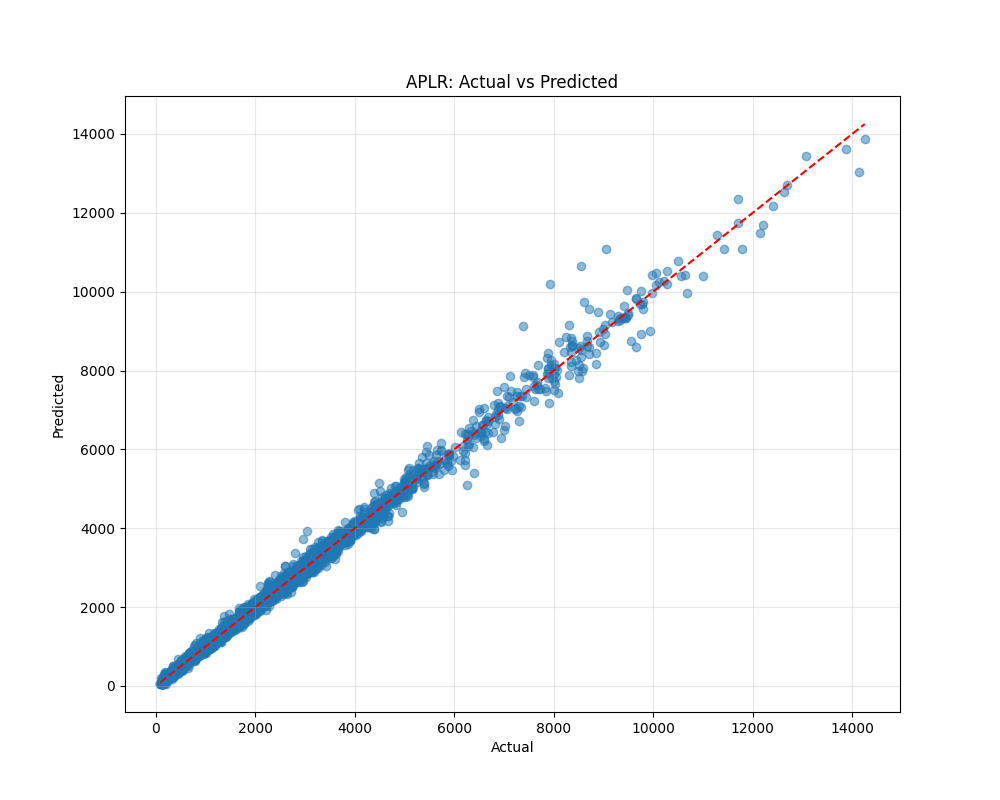


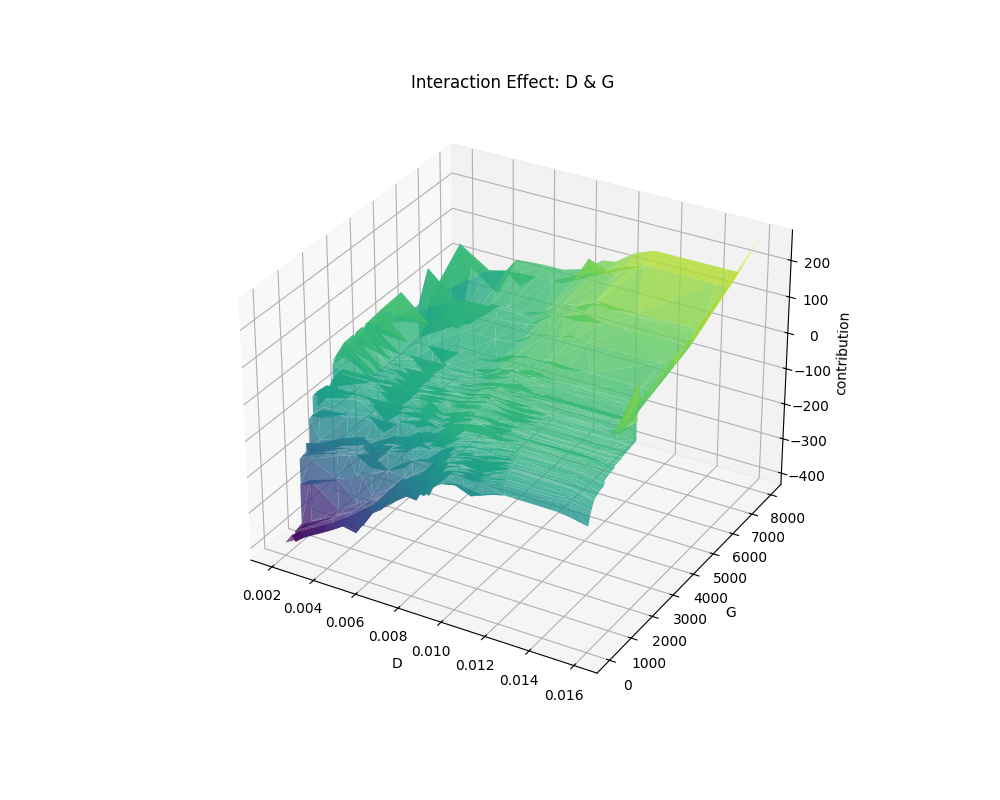
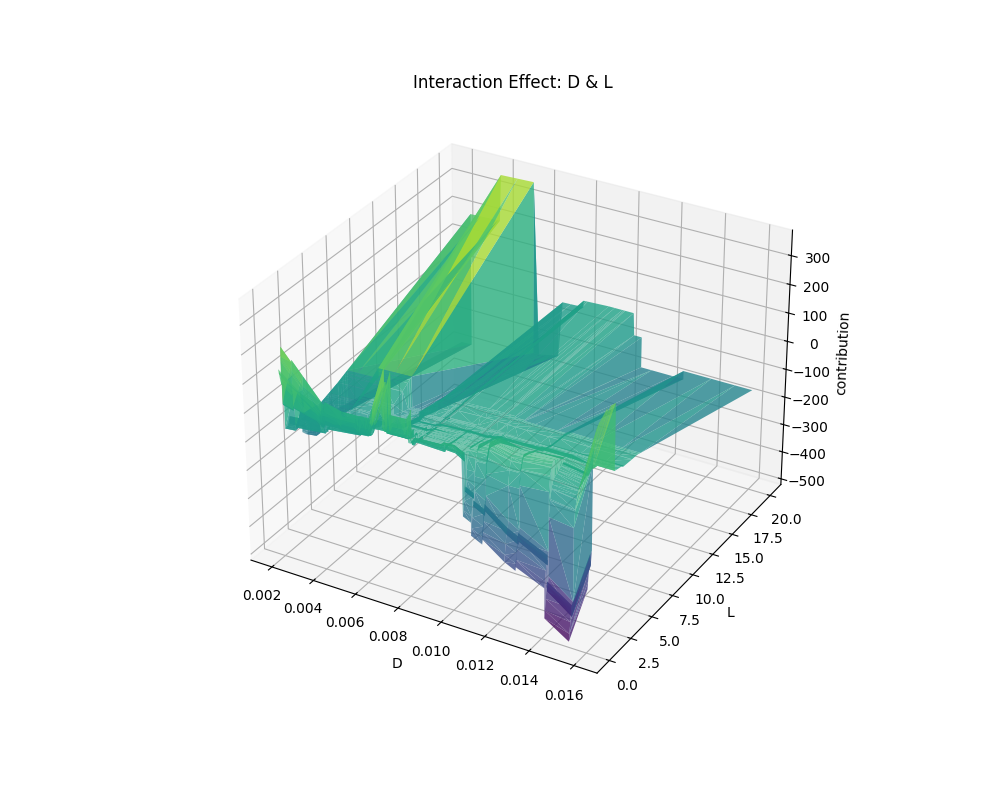
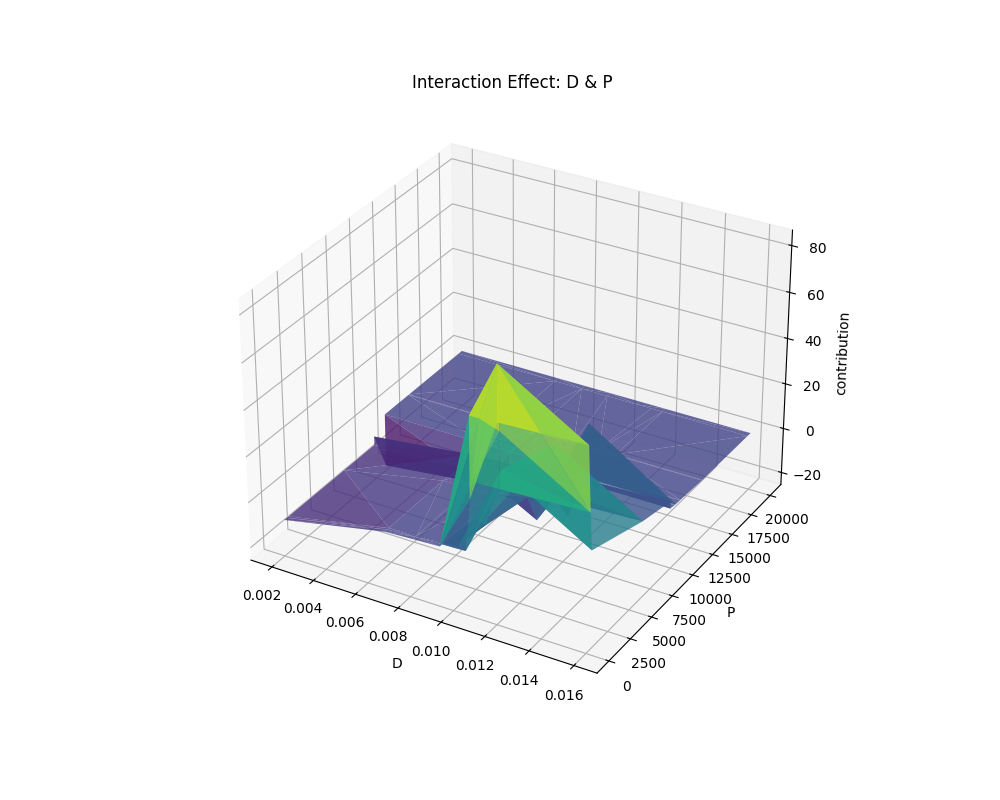
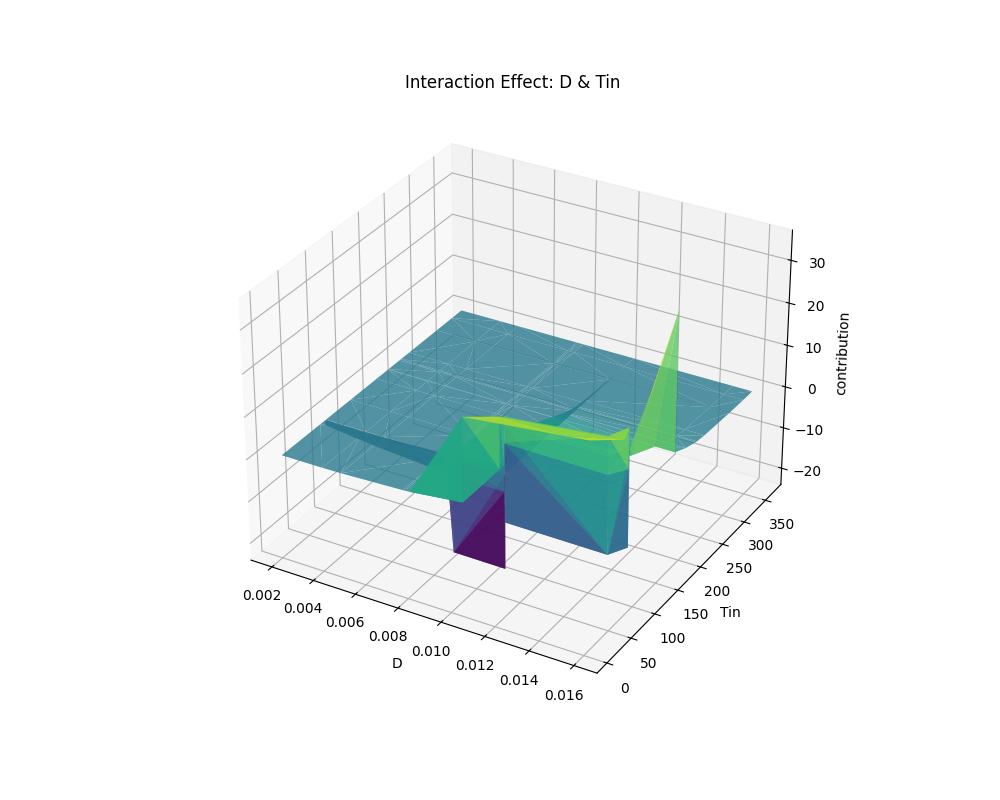

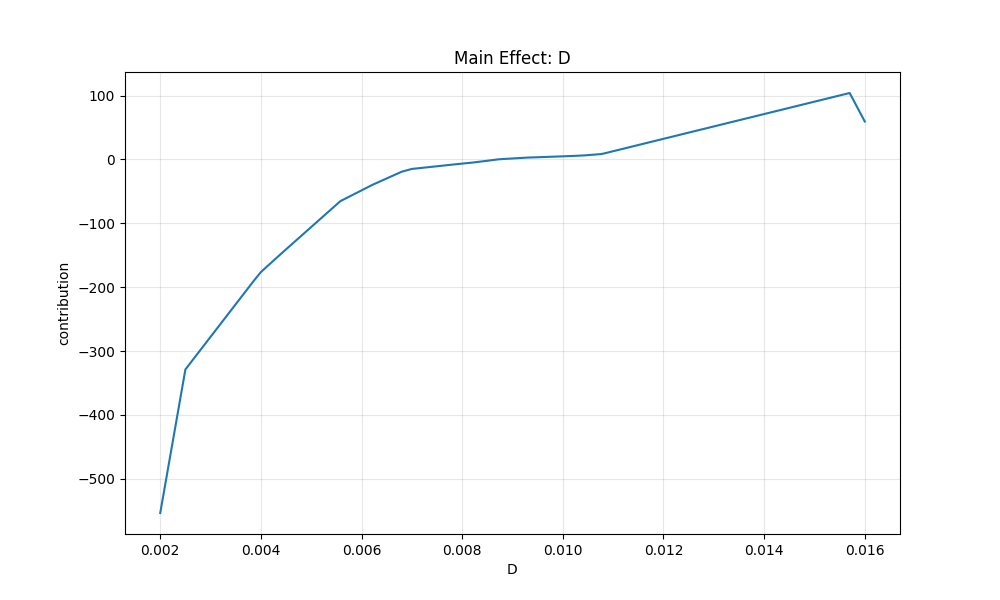
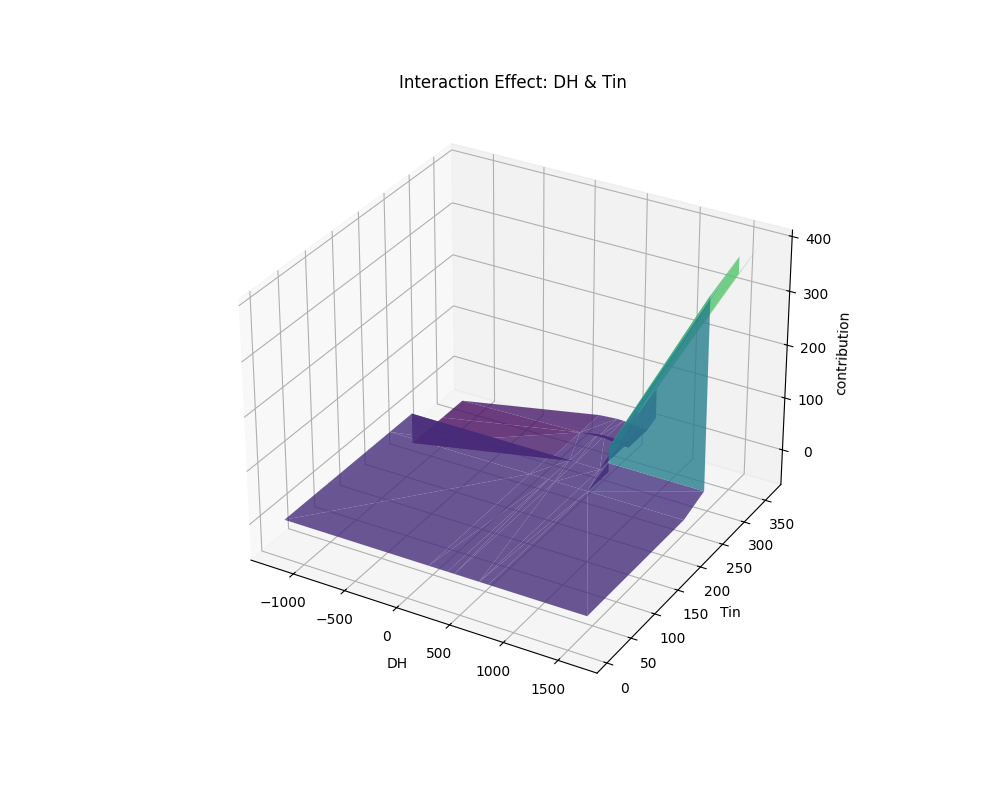
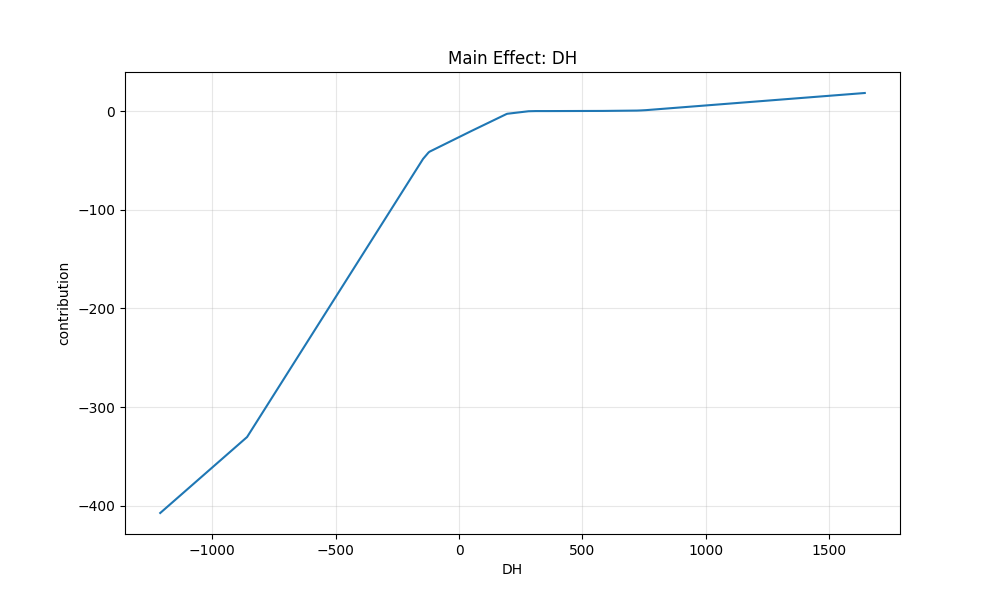

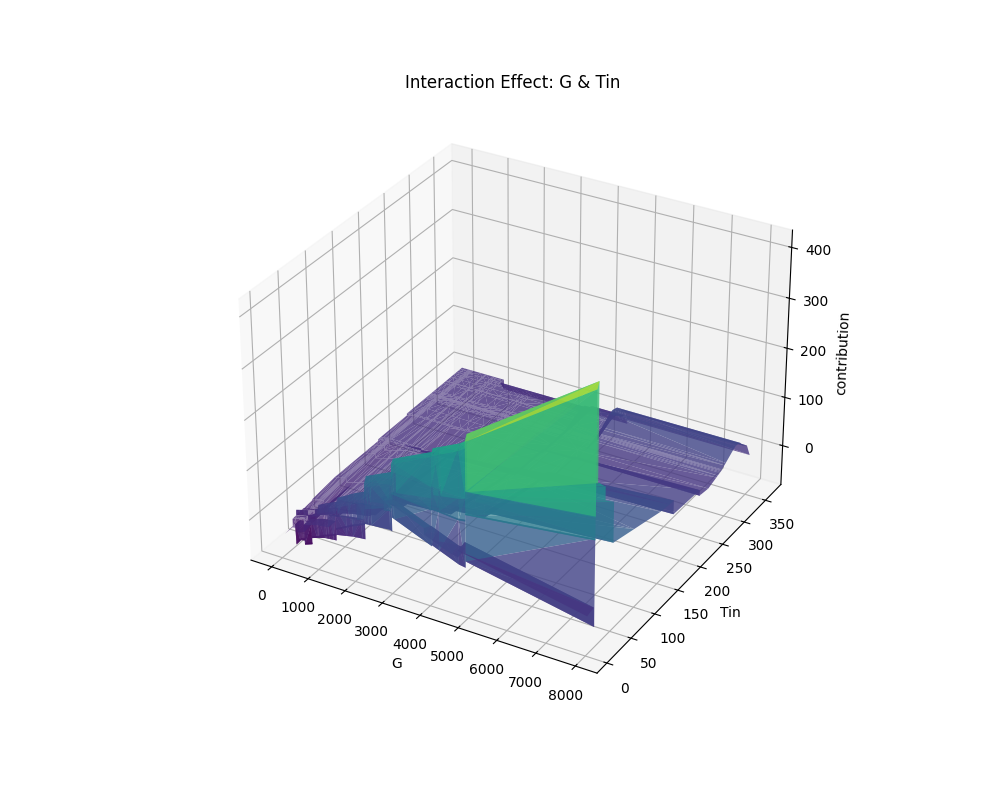



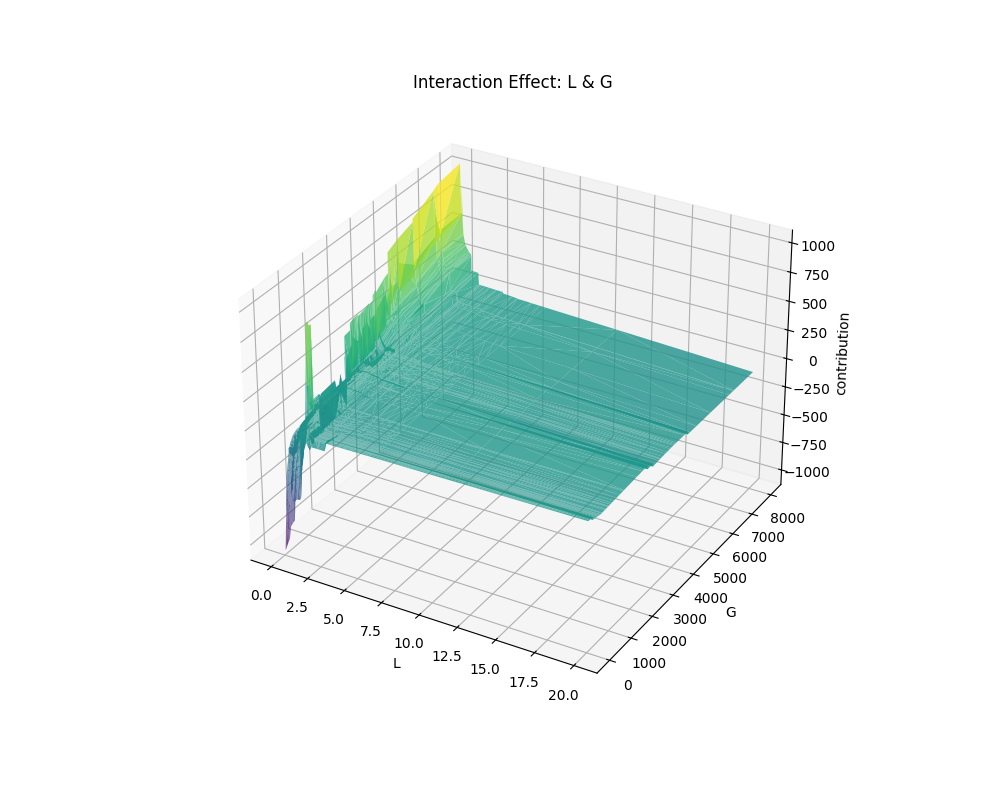


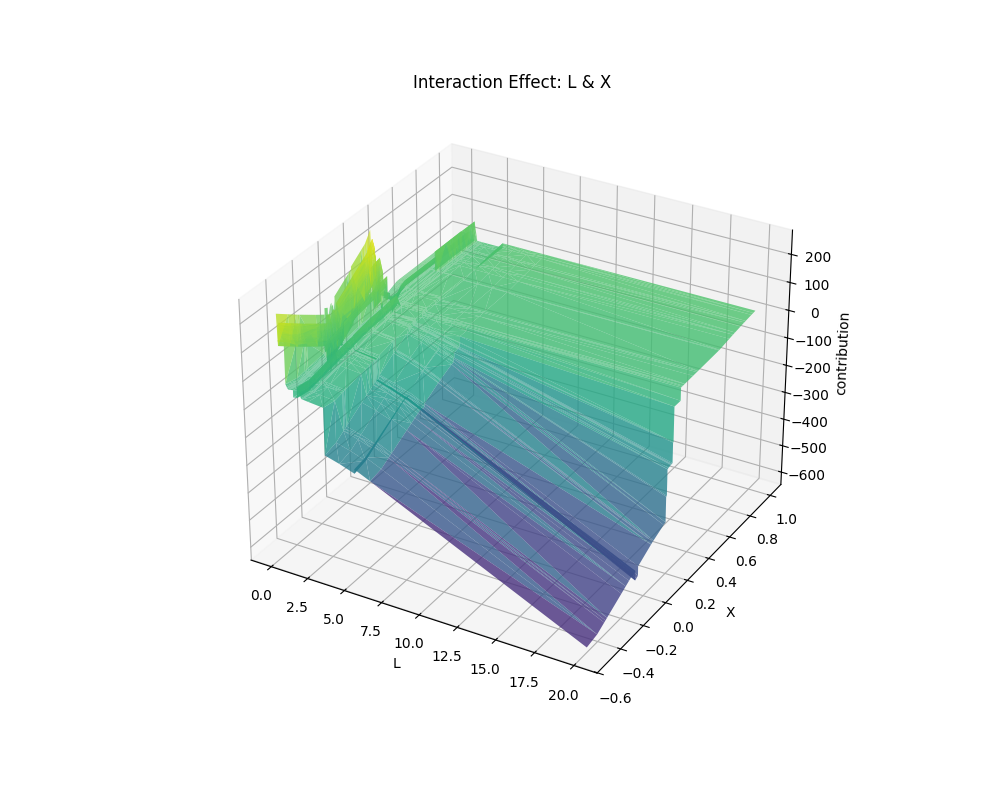
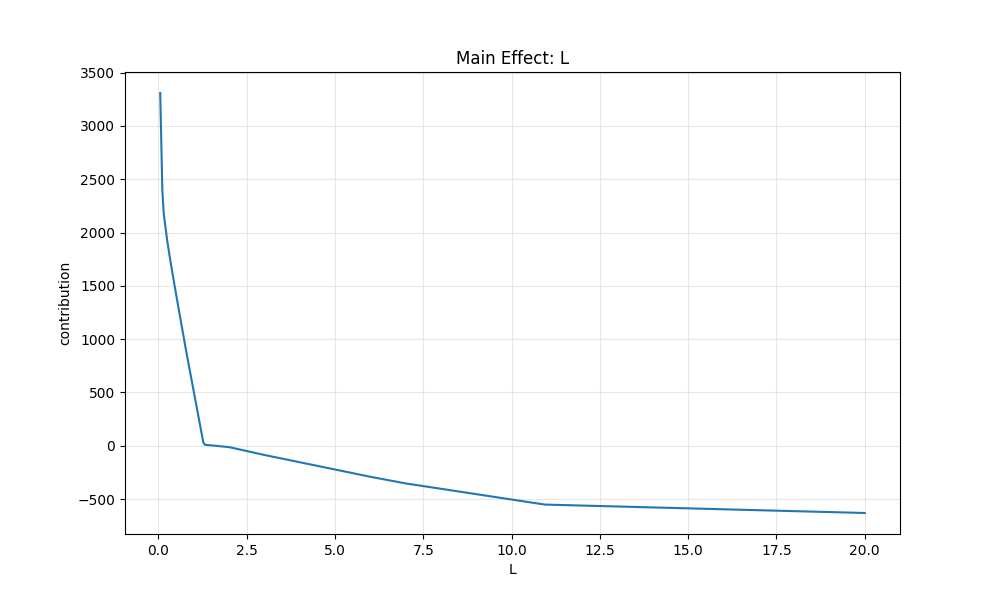
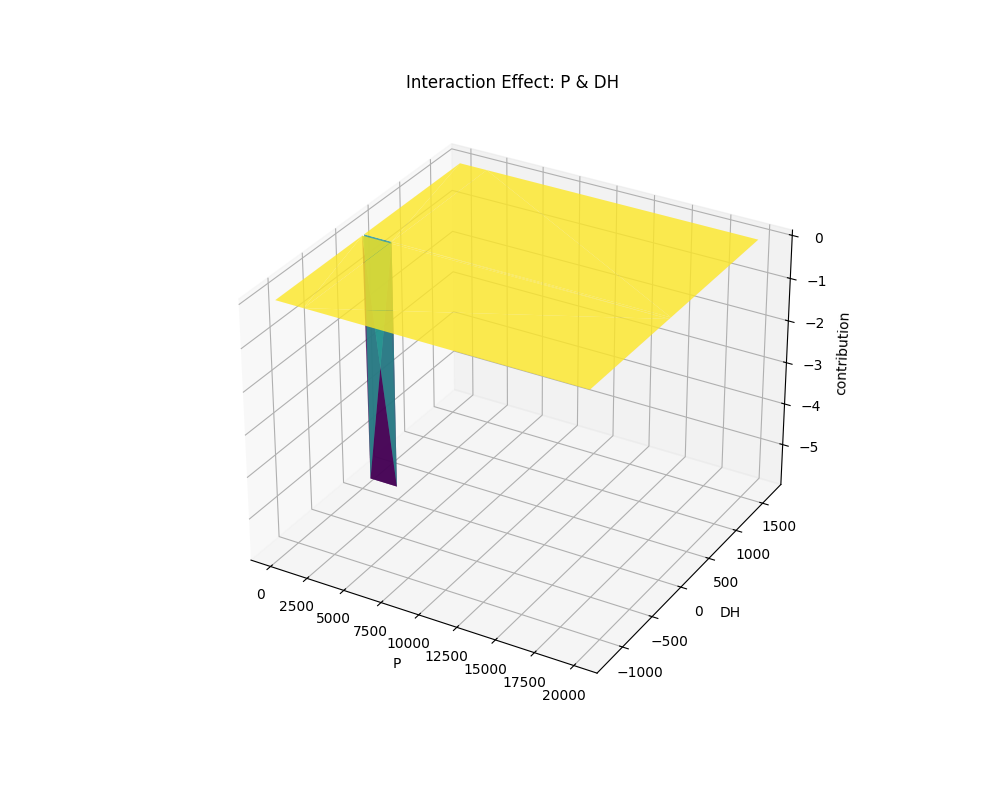
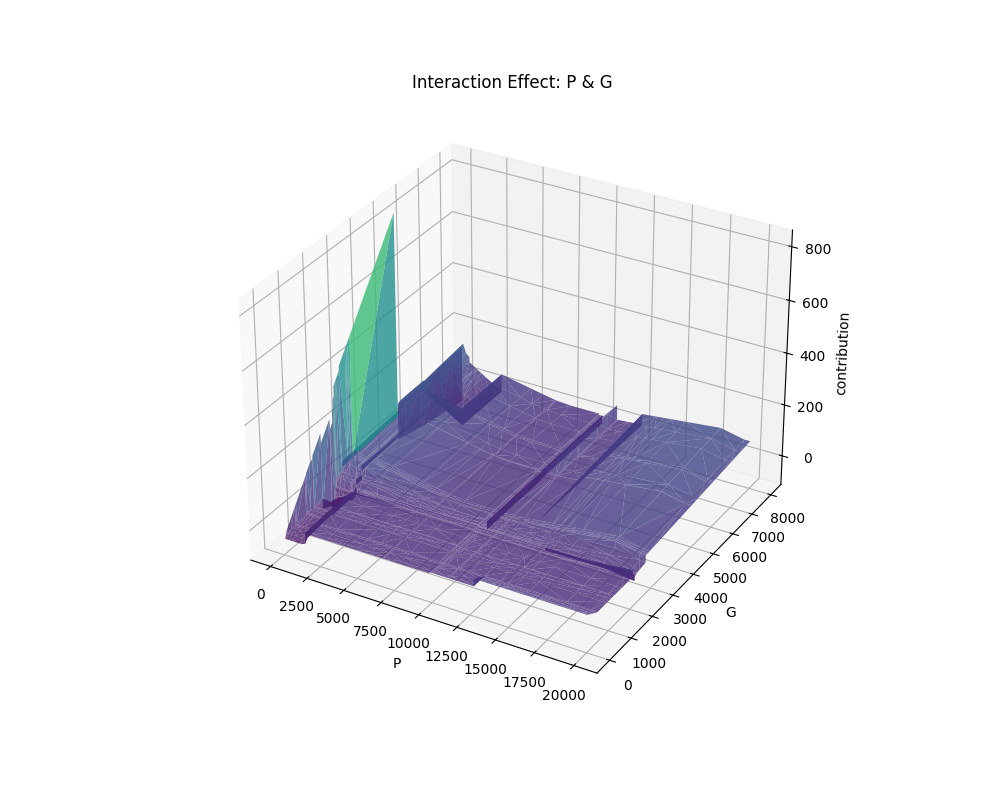


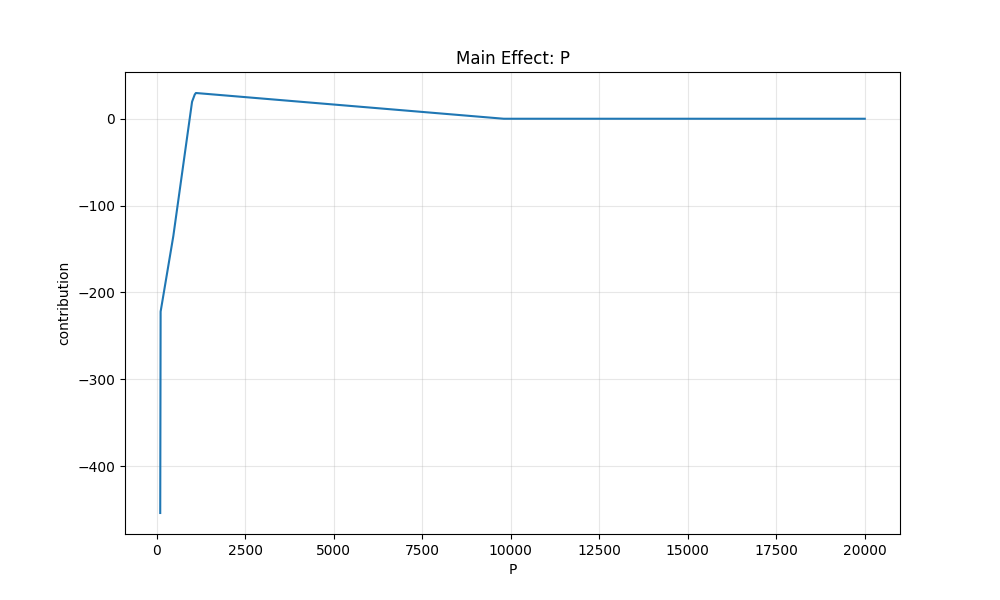
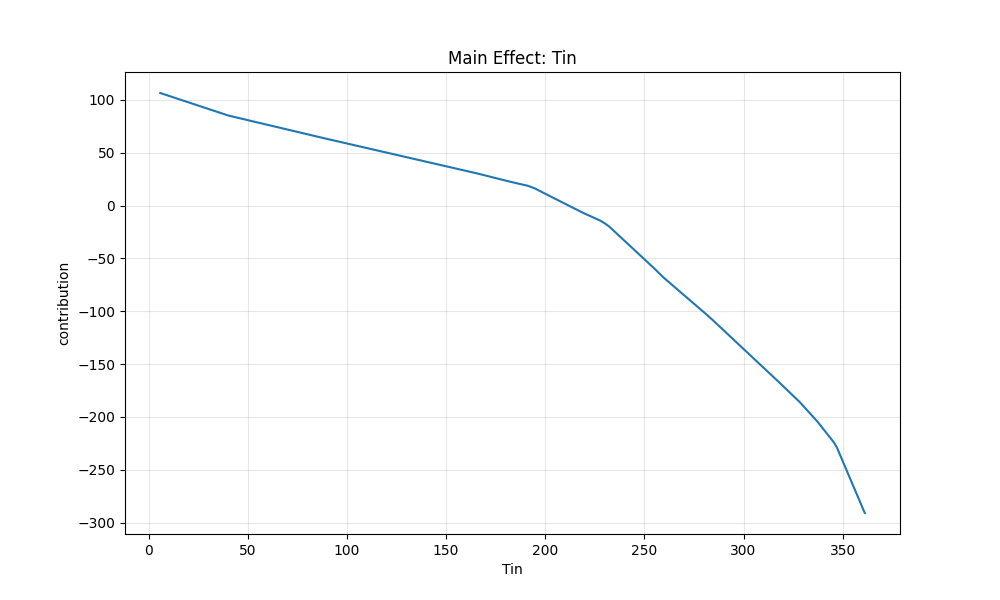


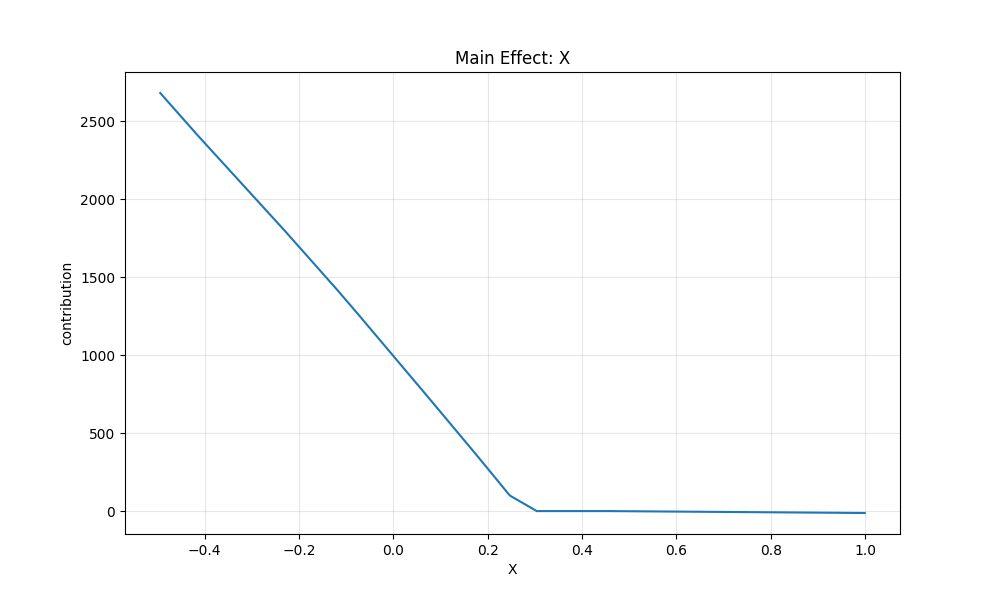
Conclusion
By combining the accuracy of advanced machine learning with the transparency of explainable AI, we're helping nuclear engineers design safer reactors while satisfying regulatory requirements for model interpretability. This represents exactly the kind of high-impact application that drives our work at Transparent AI - delivering not just better predictions, but deeper understanding of complex physical phenomena.
Our success with critical heat flux prediction demonstrates the power of explainable AI in solving challenging problems where both accuracy and interpretability are essential. We look forward to expanding this approach to other critical applications in nuclear engineering and beyond.
